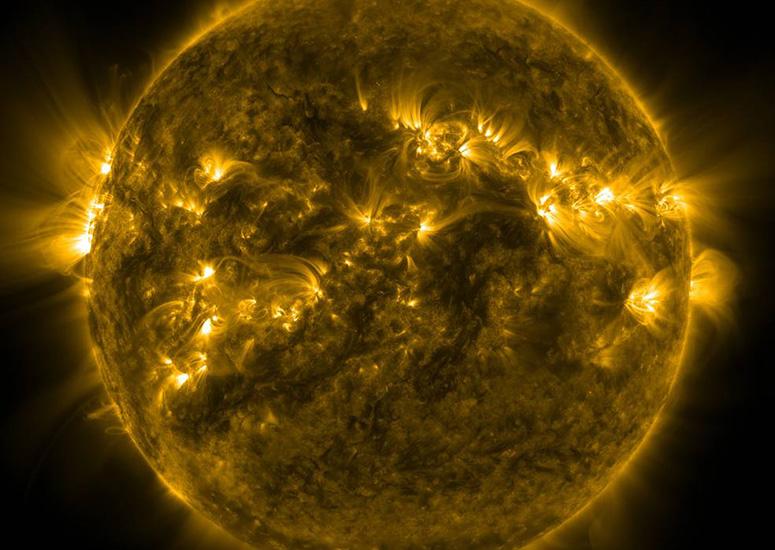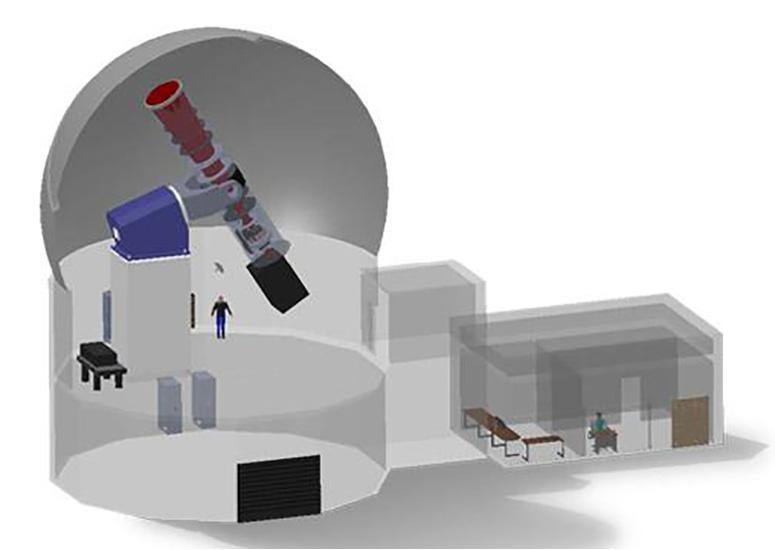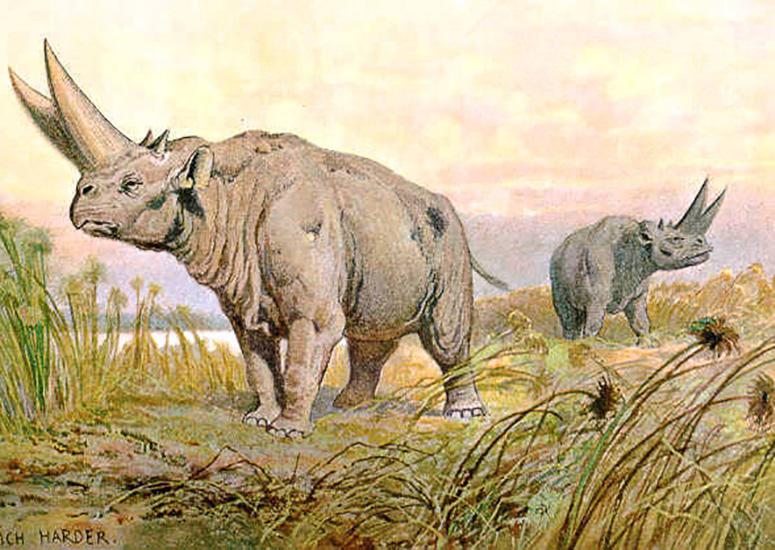-

New Sunspot Cycle could be one of the strongest on record
In direct contradiction to the official forecast, a team of scientists led by NCAR predicts that the Sunspot Cycle that started this fall could be one of the strongest since record-keeping began.
- Sun + Space Weather
-

NSF approves funding for next stage of NCAR’s new solar observatory
NCAR has received funding approval to survey prospective locations for the Coronal Solar Magnetism Observatory (COSMO). This new observatory offers the potential to transform our fundamental understanding of magnetic fields in the Sun’s atmosphere and how they drive the formation of solar eruptions and other space weather that can affect technologies on Earth.
- Sun + Space Weather
-

Pieternel Levelt chosen to lead NCAR’s Atmospheric Chemistry Observations & Modeling Lab
Pieternel Levelt has been selected to lead the Atmospheric Chemistry Observations & Modeling Laboratory (ACOM) at the National Center for Atmospheric Research (NCAR). Levelt currently serves as the head of the R&D Satellite Observations department at The Royal Netherlands Meteorological Institute while also serving as a professor at Delft University of Technology.
- Air Quality,
- Organization
-

Past is key to predicting future climate, scientists say
In a review paper published in the journal Science, a group of climate experts makes the case for including paleoclimate data in the development of climate models. Such models are used globally to assess the impacts of human-caused greenhouse gas emissions, predict scenarios for future climate and propose strategies for mitigation.
- Climate
-

Flying through wildfire smoke plumes could improve smoke forecasts
Smoke forecasts may incorrectly predict the amount of particles in staler air.
- Air Quality

